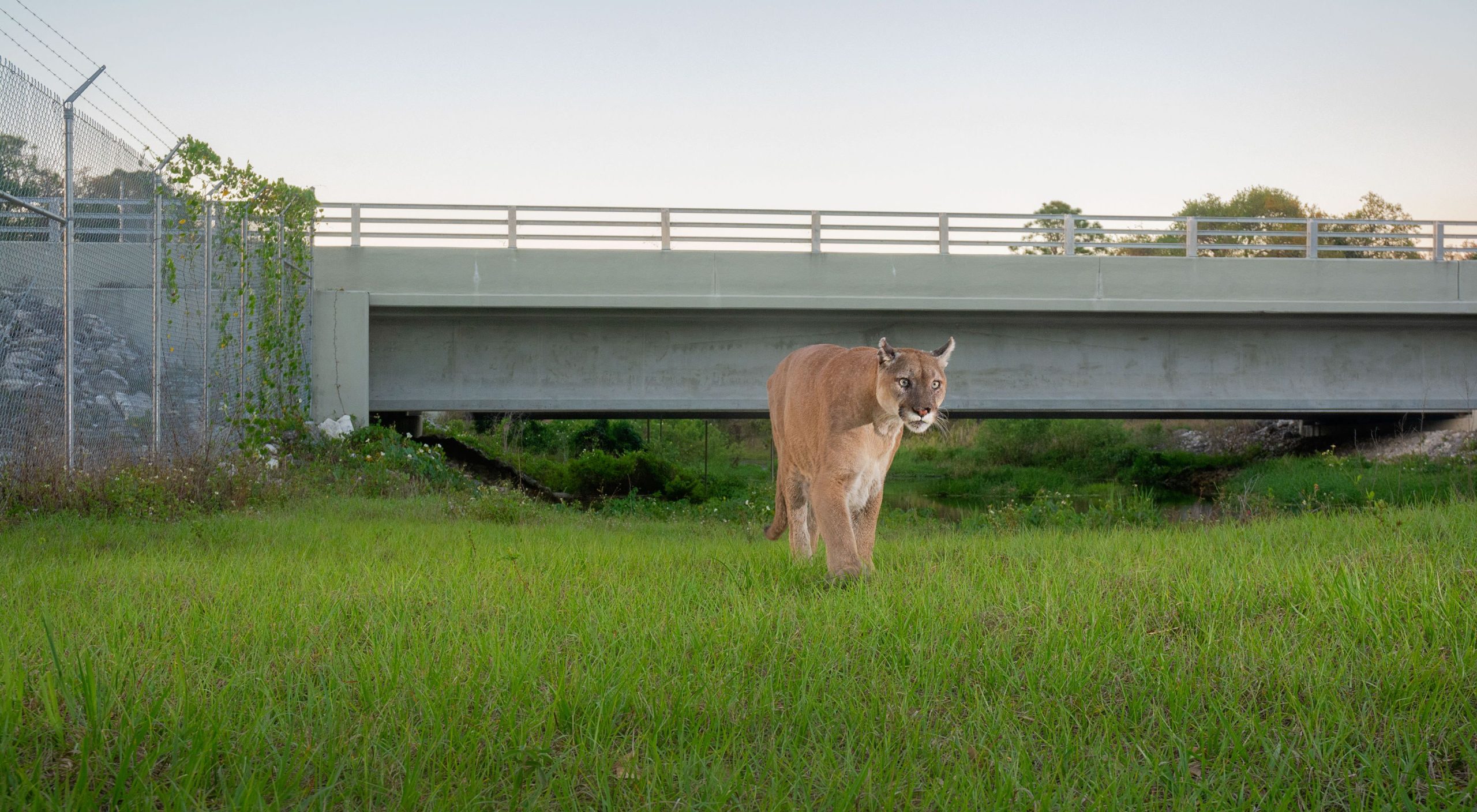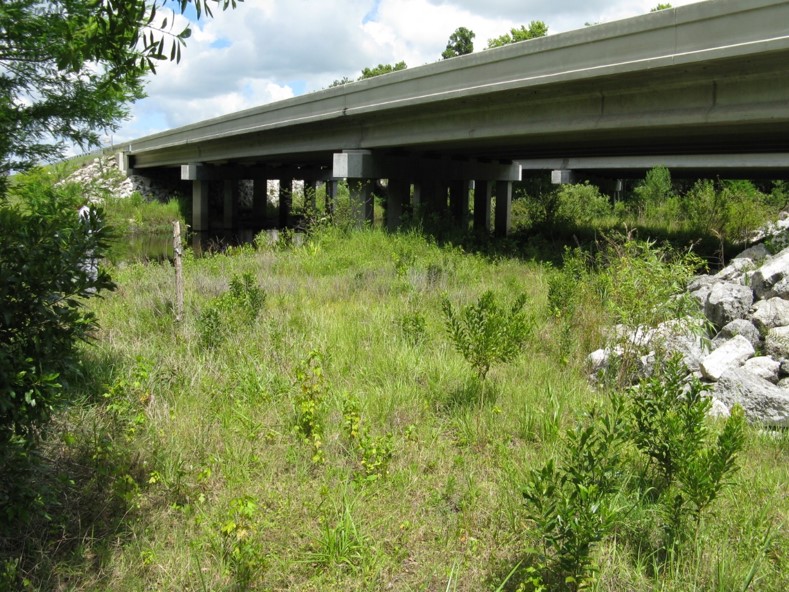
Linear Infrastructure Ecology and Planning
The Linear Infrastructure Ecology and Planning Program at the Center leads research on the effects of linear infrastructure on conservation objectives and planning across the state of Florida and beyond.
In an effort to integrate conservation and transportation planning through partnerships with FDOT, other state agencies and stakeholder groups, the program works in research, education and outreach.
Research:
- multi-scale, spatial modeling and mapping
- collaborative field studies
- data layer and tool development for transportation and conservation planning
- machine-learning and AI exploration, such as smart road vehicle technologies
- The ecological effects of other linear infrastructure such as railways, powerlines and pipelines
Education and Outreach:
- Create applied resources, such as guidelines or BMPs for wildlife crossing structure and site design
- Conduct workshops and present at public forums/events to improve understanding of the ecological effects of roads and solutions to reduce conflicts/reintegrate natural landscapes
- Integrate subject matter in college studios or course curricula.
Learn more about Linear Infrastructure Ecology and Planning Projects
-

Predicting Florida Panther Movements and Potential Road Crossing Locations within South-Central Florida
(Include introduction to the Predicting Florida Panther Movements and Potential Road Crossing Locations within South-Central Florida project) Project Objective: Identify potential pathways and corridors that panthers are likely to use under existing land cover/land use conditions from the current species core range to large habitat hubs north of Interstate 4. Predict panther movements and natural…
-

Large Animal-Vehicle Collision Hotspots
(Include introduction to the Large-Animal Vehicle Collision Hotspots Project) Project Objectives: 1) Identify AVC hotspots on major Florida roads within the Florida Wildlife Corridor2) Create a data layer for use in transportation project planning occurring within the Florida Wildlife Corridor. Data and Methods: Results: •246 total hotspots; 104 hotspots at 99% confidence level; Highest #…
The Linear Infrastructure Ecology and Planning Program is funded entirely by research and grants. Your support through new partnerships, projects or direct financial support is extremely important.
Funding received by the Center is used to directly support research activities, including graduate and undergraduate student appointments, center staff and necessary research expenses. Please contact us for more information or consider making a financial contribution by clicking the support link below.






